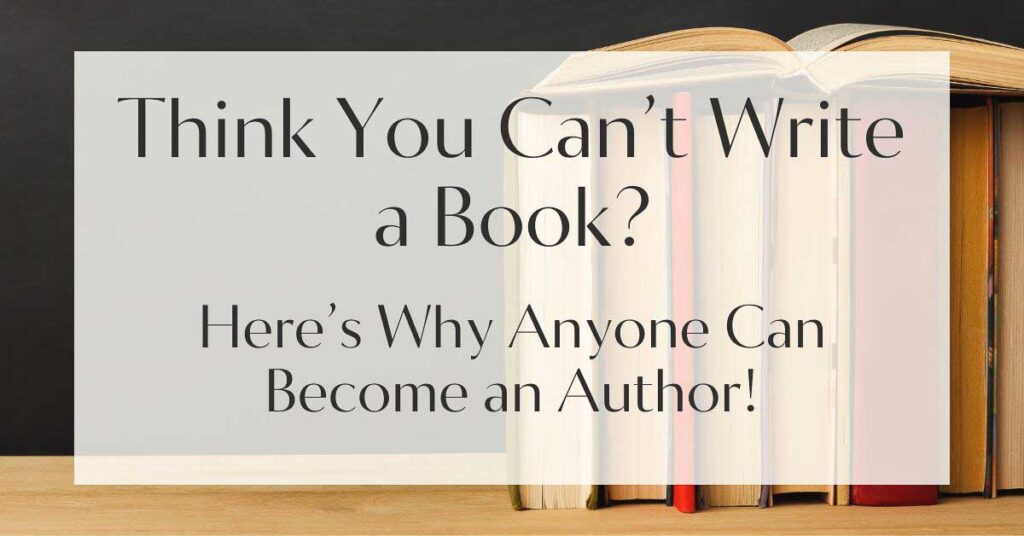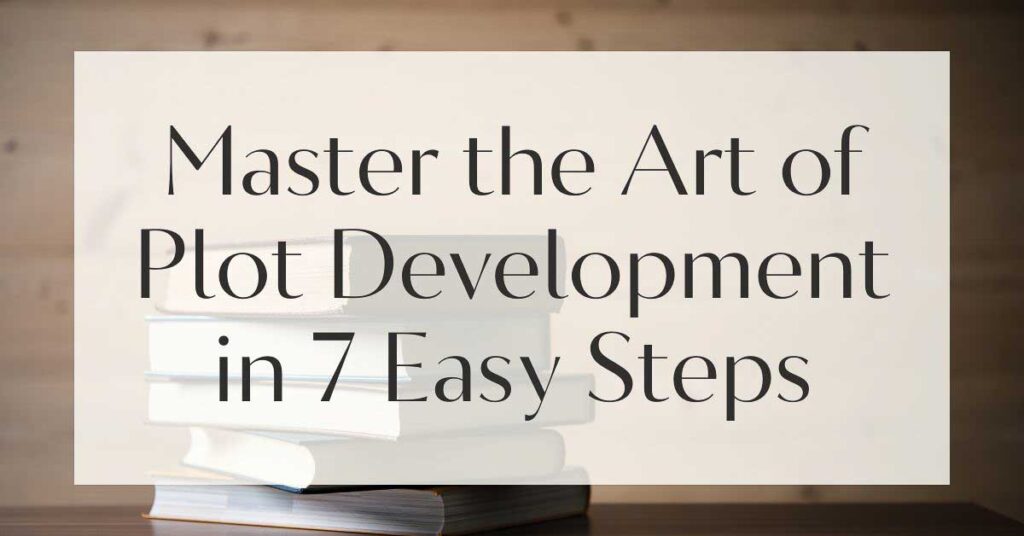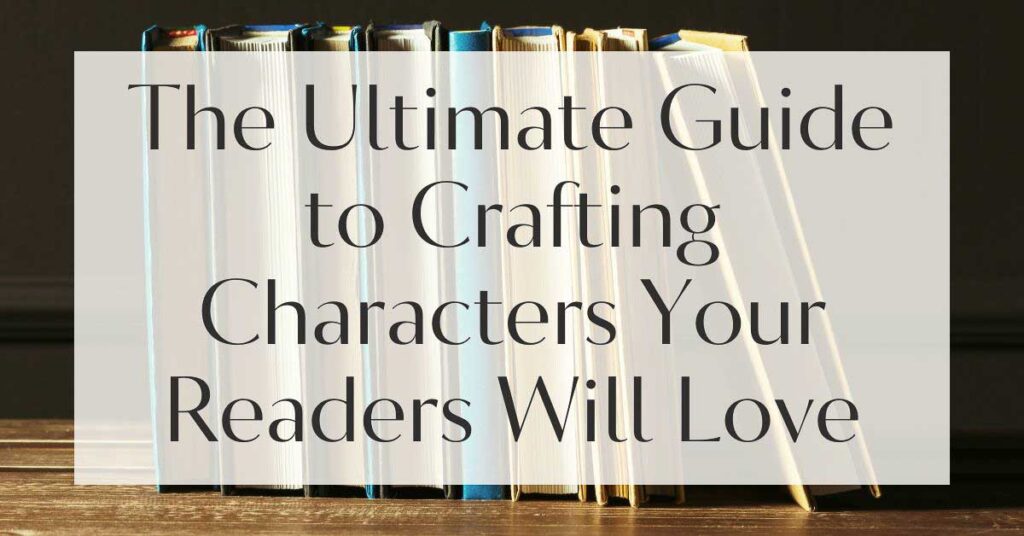Imagine the tension in a room when a character’s anger is palpable, yet not a single word is uttered about their emotional state. As writers, we often face the challenge of expressing anger in writing without resorting to clichés like “they were mad.”
Instead, we can explore creative expressions of anger that bring depth and nuance to our characters. This blog post will guide you through inventive ways to depict anger, enhancing your storytelling by allowing readers to feel the heat of emotions through vivid descriptions and nuanced interactions.
Understanding Anger in Writing
Anger is not just an emotion; it’s a narrative force that can drive a plot and develop characters. It’s crucial to understand its role in storytelling, especially when it comes to character development.
Whether you’re crafting a simmering antagonist or a protagonist pushed to their limits, how you portray anger can make or break the believability of your characters.
The Role of Anger in Character Development
Anger can be a defining trait, revealing hidden facets of a character’s personality. It can stem from past trauma, unresolved conflicts, or even as a defense mechanism against vulnerability. For instance, consider a character whose anger is fueled by a sense of injustice.
This anger can propel them into action, making them relatable and complex. By exploring the origins of their rage, you provide depth and motivation, transforming them from mere caricatures into fully realized individuals.
To deepen character development, delve into their backstory to uncover the root causes of their anger. Whether it’s a childhood incident or a recent betrayal, understanding these triggers allows you to portray their emotions authentically, adding layers to their personality.
Why Expressing Anger Matters
Expressing anger in writing isn’t just about depicting an emotion; it’s about creating a visceral experience for the reader. Anger can lead to pivotal moments in a narrative, driving the plot forward or leading to a character’s transformation.
When written well, anger can evoke empathy, allowing readers to connect with characters on a profound level. It’s this emotional connection that keeps readers invested in the story, eager to see how conflicts resolve.
Creative Expressions of Anger
Moving beyond the obvious, there are myriad ways to convey anger through body language, vivid descriptions, and dialogue. These techniques not only enhance your storytelling but also allow for a richer exploration of your characters’ inner worlds.

Body Language That Speaks Volumes
Body language is a powerful tool in creative expressions of anger. The clenching of fists, a rigid posture, or a stormy gaze can communicate volumes without a single word.
A character pacing the room, their movements sharp and erratic, can illustrate a mind on edge, a heart racing with unspoken fury. By focusing on these non-verbal cues, you create a dynamic scene that captures the intensity of the moment.
| Body Language | Emotional Implication |
|---|---|
| Clenched Fists | Suppressed anger, ready to explode |
| Stiff Posture | Defensiveness, unwillingness to yield |
| Pacing | Restlessness, anxiety |
Vivid Descriptions of Anger
Descriptions can transport your reader into the throes of a character’s emotional storm. Think of anger as a fire that burns within, its flames licking at the edges of control. Use metaphors and similes to paint a picture of this internal inferno.
For instance, “Rage bubbled beneath his skin like a boiling cauldron, threatening to spill over.” Such imagery makes the emotion tangible, allowing readers to feel the heat and tension.
When describing anger, draw on all five senses to create a full-bodied experience. The sound of a voice cracking with emotion, the taste of bitterness, or the sight of reddened cheeks can all add depth to your narrative.
Dialogue Techniques to Convey Frustration
Dialogue is another avenue for emotional writing techniques. Characters may speak in clipped sentences, their words sharp and biting, revealing their frustration.
Alternatively, they might resort to sarcasm or passive-aggressive remarks, letting their anger seep through the cracks of polite conversation. By varying speech patterns and word choice, you can convey a spectrum of anger, from simmering irritation to explosive rage.
- Use short, abrupt sentences to reflect impatience.
- Incorporate interruptions to show escalating tension.
- Employ sarcasm to hint at underlying resentment.
No marketing platform? No social following? No problem!
Publisher Rocket helps you market your debut novel like a pro.
It’s a gamechanger for debut authors – try it today!


Emotional Writing Techniques for Anger
Delving deeper into the psyche of your characters, emotional writing techniques can elevate your portrayal of anger. By tapping into inner monologues, physiological reactions, and the responses of others, you create a multi-layered narrative that resonates with authenticity.
The Power of Inner Monologue
Inner monologues offer a window into a character’s soul, revealing their thoughts and emotions in raw, unfiltered detail. As a character grapples with their anger, their internal dialogue can be chaotic, reflecting their struggle for control.
This technique allows you to explore their motivations and vulnerabilities, drawing readers into their internal conflict.
Use inner monologues to contrast a character’s outward calm with their inner turmoil. This juxtaposition can highlight the complexity of their emotions, adding depth to your narrative.

Using Physiological Reactions Effectively
Anger isn’t just a mental state; it’s a physical experience. Describing physiological reactions can make your characters’ emotions more relatable and vivid.
A racing heart, flushed skin, or trembling hands can convey the intensity of their anger, grounding their emotions in reality. By detailing these reactions, you immerse your readers in the character’s experience, making the emotion palpable.
Creating Tension Through Reactions of Others
The way other characters react to anger can amplify the tension in a scene. Their responses—whether it’s fear, empathy, or defiance—can add layers to the narrative, revealing dynamics and relationships.
When one character’s anger sparks a chain reaction, it creates a web of emotions that enrich the story, providing opportunities for conflict and resolution.
Google Docs is for notes. Scrivener is for novels. Upgrade your writing game and try it for free today!

Transforming Anger into Engaging Narrative
Anger, when harnessed effectively, can transform a narrative, adding depth and engagement. By balancing it with humor, vulnerability, and varied expressions, you create a compelling story that captivates readers.
Utilizing Humor to Lighten the Mood
Humor can be a powerful tool in diffusing anger, offering relief amidst tension.
A well-timed joke or a character’s sarcastic remark can lighten the mood, providing contrast to the intensity of the emotion. This balance not only keeps readers engaged but also adds dimension to your characters, showcasing their resilience and complexity.
Balancing Anger with Vulnerability
Anger often masks deeper emotions, such as fear or hurt. By revealing a character’s vulnerability, you create a more nuanced portrayal of their anger.
This balance can evoke empathy, allowing readers to see beyond the surface rage to the heart of the character’s struggles. Such depth enriches your narrative, making it more relatable and engaging.

Exploring Different Types of Anger in Characters
Anger isn’t a monolith; it manifests in various forms, from simmering resentment to explosive fury.
By exploring different types of anger, you can craft diverse characters, each with their unique response to conflict. This variety not only adds interest to your story but also allows for a richer exploration of themes and relationships.
Practical Exercises for Writers
To hone your skills in character development anger, practical exercises can provide valuable practice and insight. These activities encourage experimentation, allowing you to refine your techniques and expand your creative repertoire.
Writing Scenes of Conflict
Conflict is the crucible in which character is forged. Writing scenes of conflict allows you to explore the dynamics of anger, testing your characters’ limits and revealing their true nature. Whether it’s a heated argument or a silent standoff, these scenes offer rich opportunities for character development and plot advancement.
Feeling lost with your debut novel?
Fiverr Pro connects you with expert editors, designers, and marketers – everything you need to get your book ready for success!

Reflecting on Personal Triggers for Authenticity
Authenticity in writing comes from drawing on personal experiences. Reflecting on your own triggers and reactions to anger can inform your portrayal of characters, adding depth and realism. By tapping into your emotional reservoir, you create narratives that resonate with truth and empathy.
Experimenting with Sentence Structure for Impact
The rhythm of your writing can influence the emotional impact of a scene. Experimenting with sentence structure—varying length, punctuation, and syntax—can mirror the chaos of anger or the calm after the storm.
This technique enhances the emotional resonance of your narrative, drawing readers into the ebb and flow of your characters’ emotions.








